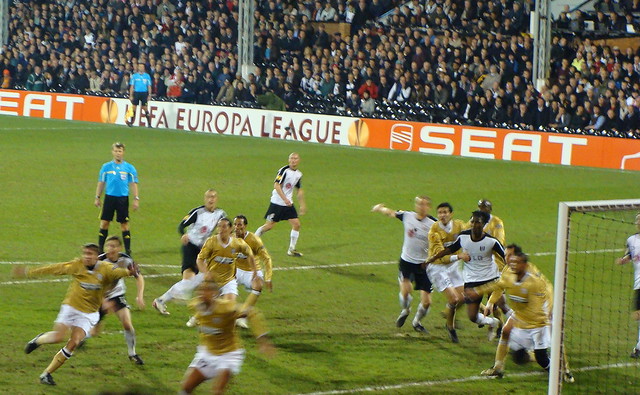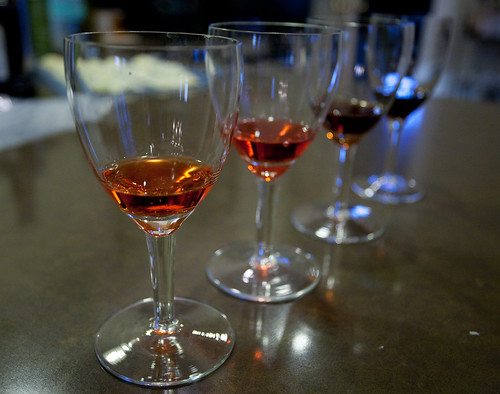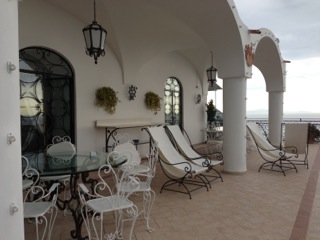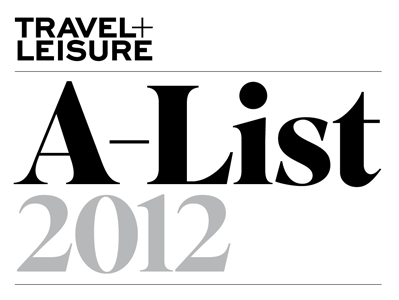How much should you tip in Italy? What is a “normal” percentage to tip in Rome? These Italian tipping custom questions t some point in your trip to Italy, these questions
If you leave a “normal” American tip, depending on where you are, the recipient may try to give it back to you, saying you paid too much. The waiter may even run out of the restaurant after you!
But this typically happens more in smaller towns, the kind of places where the proprietor is much more likely to give you an after-dinner amaro for free or take dessert off your bill for no reason than stiff you on extra service charges.
Rome, famously, has outlawed several types of service fees and charges added to the bill in light of confused visitors who don’t understand why they are being charged for bread even when they didn’t ask for or eat the bread.
Still there are many places where various fees, including for service, are added to your check automatically. You’ll usually see one fee called the coperto or pane, which is not for bread but actually more of a per person basic charge for dining in a restaurant.
“Servizio,” or service, is also often charged automatically on restaurant bills, in part because waiters in Italy are paid very differently than in the U.S. (i.e. better), but also because you will often be helped by multiple people throughout your meal.
You don’t really have to leave anything in addition to this, but it is customary to round the bill and leave some extra “spiccioli” or loose change with the rest of the bill.
Outside restaurants, the tipping situation is much easier to navigate. In taxis, tipping is not necessary and you can tell them to keep the change.
For porters or maids at the hotel, follow the standard one euro per bag or room night formula
For guides, translators, drivers and other special, personalized services, tip as you feel appropriate, but 10-20 euros for a full-day is customary.
If you leave a “normal” American tip, depending on where you are, the recipient may try to give it back to you, saying you paid too much. The waiter may even run out of the restaurant after you!
But this typically happens more in smaller towns, the kind of places where the proprietor is much more likely to give you an after-dinner amaro for free or take dessert off your bill for no reason than stiff you on extra service charges.
What to Tip in Restaurants in Italy
Rome, famously, has outlawed several types of service fees and charges added to the bill in light of confused visitors who don’t understand why they are being charged for bread even when they didn’t ask for or eat the bread.
Still there are many places where various fees, including for service, are added to your check automatically. You’ll usually see one fee called the coperto or pane, which is not for bread but actually more of a per person basic charge for dining in a restaurant.
“Servizio,” or service, is also often charged automatically on restaurant bills, in part because waiters in Italy are paid very differently than in the U.S. (i.e. better), but also because you will often be helped by multiple people throughout your meal.
You don’t really have to leave anything in addition to this, but it is customary to round the bill and leave some extra “spiccioli” or loose change with the rest of the bill.
Tipping for Taxis and Other Services in Italy
Outside restaurants, the tipping situation is much easier to navigate. In taxis, tipping is not necessary and you can tell them to keep the change.
For porters or maids at the hotel, follow the standard one euro per bag or room night formula
For guides, translators, drivers and other special, personalized services, tip as you feel appropriate, but 10-20 euros for a full-day is customary.
Italian Tipping Vocabulary
- conto: the bill
- coperto: the base per person cost of dining in a restaurant. Though it is often thought of as a fee for bread and water, you must pay it even if you don’t partake in those “complimentary” offerings
- servizio: fixed service charge—usually an amount though sometimes a percentage—that appears on restaurant bills
- incluso: included
- spiccioli: small change or loose change. Often referrers to very small denominations, but it typically used just to mean whatever random change you have in your pocket.


























